Sponsored by Keisei Railways
Whether you’re planning a long trip to Japan or just a few hours’ transit at Narita Airport, there’s an authentic neighborhood in northern Tokyo that is worth a visit. Just like Asakusa, a stroll through the traditional Yanesen area (Yanaka, Nezu and Sendagi neighborhoods) will give you a taste of local life. This is Japan, away from buildings and shopping malls. Dive into the heart of the Edo era…
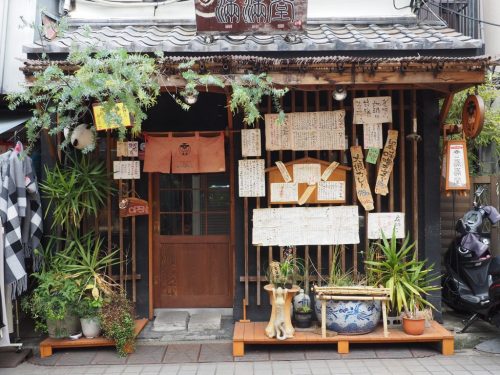
Shitamachi, and the 117 Temples of Yanesen
Perched on a small hill, the neighborhood around Yanaka Cemetery has an impressive cluster of 76 temples and shrines of all sizes. Including the neighborhoods of Yanaka, Nezu and Sendagi, there are about 117 temples, making it the largest concentration of religious buildings in all of Japan. These three neighborhoods are called Yanesen. During the Edo Period, the center of the city was reserved for the Shogun and the noble classes. In addition, higher land was also prized by nobles and the wealthy. Therefore, the Shitamachi, literally the “low city” or “downtown”, housed the peasants and vagrants.
Due to the many fires in Edo, temples, originally scattered throughout the city, were transferred to the hills that make up Yanesen (at the time quite outside of Edo) between the 17th and 14th centuries. At that time, Ueno Park was a great plain. Here, the battle that ended the Edo shogunate and set in motion the Meiji Restoration, occurred. Subsequently, because of their far away location, these temples and shrines survived the Great Kanto Earthquake of 1923, and were spared the bombings of the Second World War. That’s why there is a special atmosphere in Yanesen that has been preserved over the years. And thus, we have an atmosphere worthy of a Kurosawa movie…
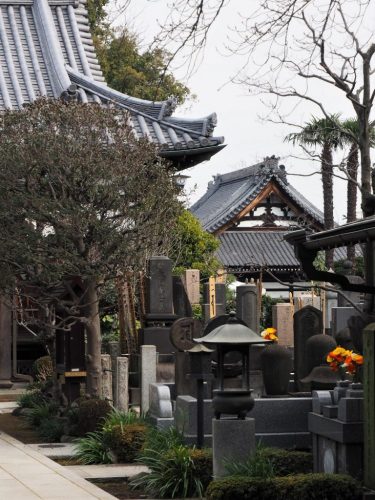
A walk around this area will give you a sense of Japan, before the post-war boom era. If you can, enjoy a full day on foot or by bike, losing yourself in the meandering streets. This area, unknown to tourists, exudes tranquility. Or enjoy a visit during the weekend, when many people are out and about.
Yanaka Ginza, A Shopping Street Where You can Stroll
First, begin your journey from Nippori station. From Narita Airport, the Keisei Line gets you there in 36 minutes with the Skyliner line. At Nippori, take the South exit, and pass over the railroad tracks. (It is not uncommon on the weekend to meet locals with a passion for trains here). Go straight ahead, and you will come across a shopping street, Yanaka Ginza Street. Here, enjoy a special unique Japanese atmosphere. Some shops and modern restaurants are alongside signs that are centuries old.
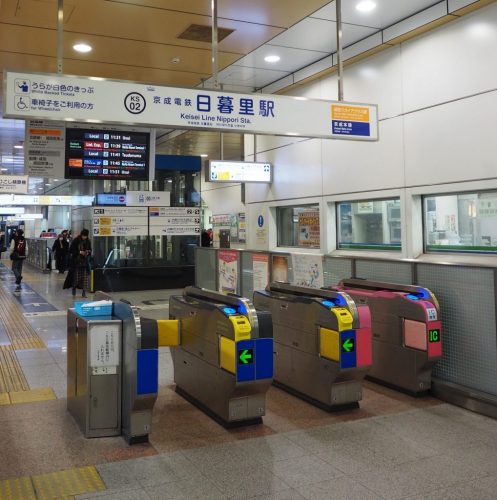
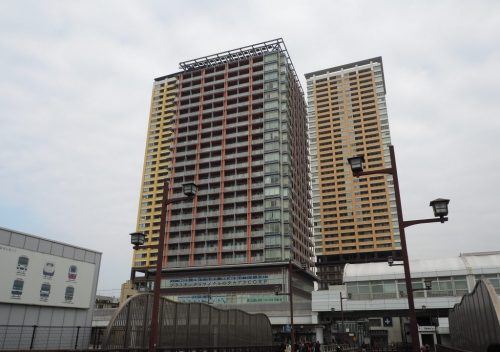
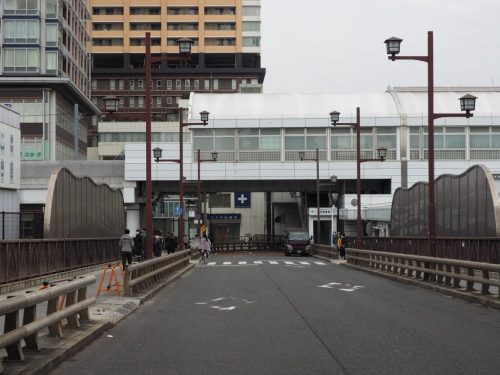
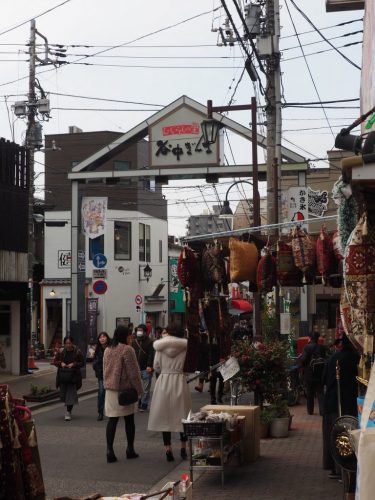
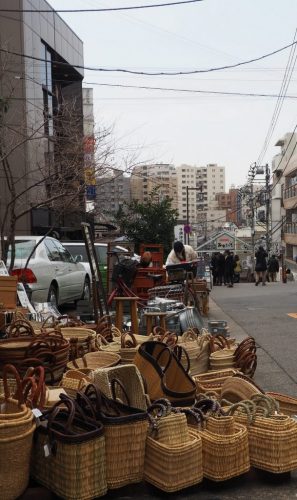
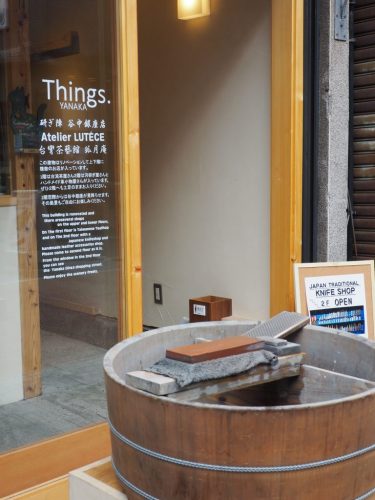
Let yourself be carried away by the smell of the yakitori grilled chicken grilling in front of the stalls… Enjoy Fuku Nyanyaki (a red bean stuffed treat in the shape of the cat, instead of the typical taiyaki fish shape).
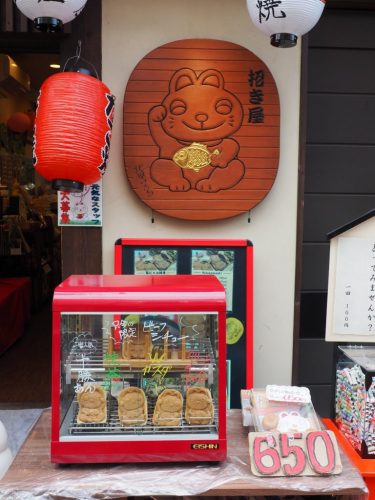
Here, you’re in the right place to taste many Japanese sweets including: sweet potato fries, yuzu sweets, honey and apricot.
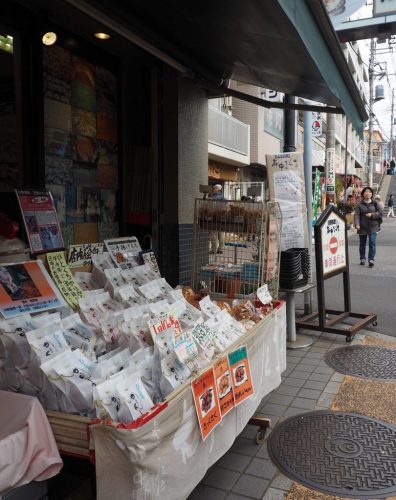
Or enjoy green tea at the Kanekichien boutique. This store offers a fine selection of ceramics and cooking utensils, as well as a large selection of refined, high quality teas. The staff members, some of whom speak English, will help you find a flavor that suits you. Try sencha, matcha, hoji-cha, genmaicha, gyokuro. This is a must see!
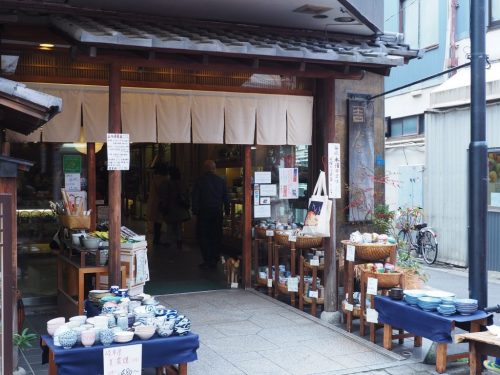
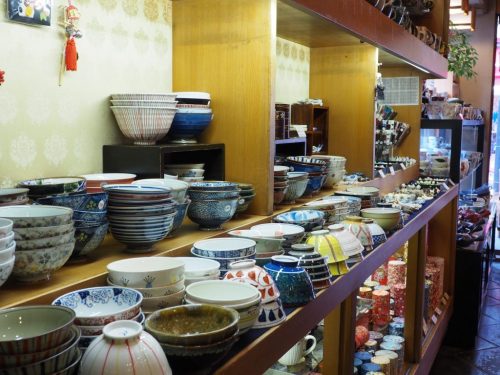
For lunch, try a Japanese obento box. These lunch boxes are tasty and hearty and sell for just a few hundred yen. Towards the end of the Yanaka Ginza Street is a bento shop. Enjoy!

Pilgrimage Around Yanaka Cemetery and Temples
If the smell of incense makes you excited, stroll through the Yanaka streets to get to the cemetery. Many famous people are buried here, including Japan’s last shogun, Tokugawa Yoshinobu. Japanese Buddhist cemeteries are very different to Christian cemeteries. Here, there are stark Zen aesthetics and magnificent cherry blossoms in the Spring. The large Tenno-ji temple dominates this austere yet bautiful cemetery.
Let yourself be guided by your curiosity (and don’t be afraid to enter temple gates, even if you don’t see anyone) an go discover any of the 117 temples.
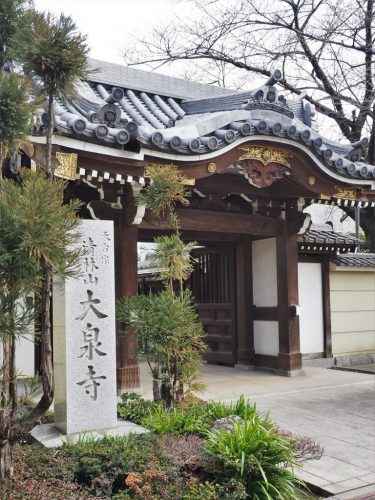
To the west of the cemetery, do not miss the Kanon-ji Temple and its 37.6-meter-long wall built from mud and tiles (called Dobei style) 400 years ago. It is a physical reminder of the past.
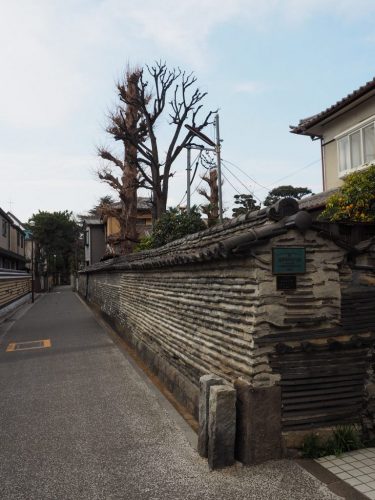
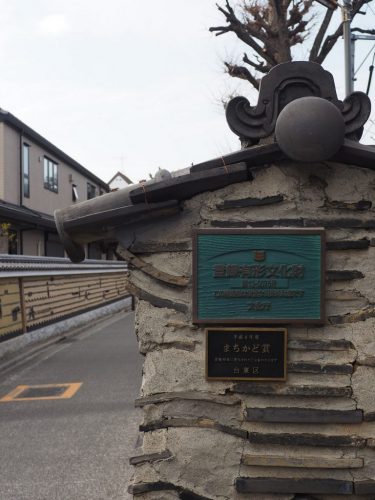
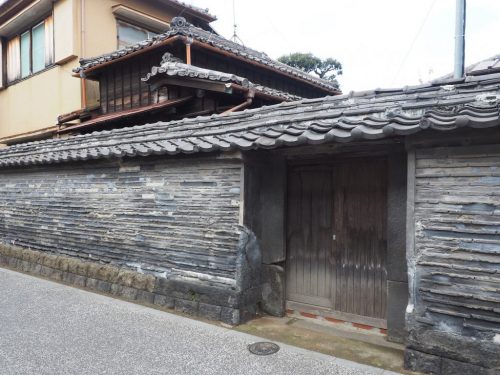
Among the great temples in the area, Zuirin-ji will delight you with its style and ornamentation. Throughout Japan, temple and shrine architecture is fascinating and full of surprises.
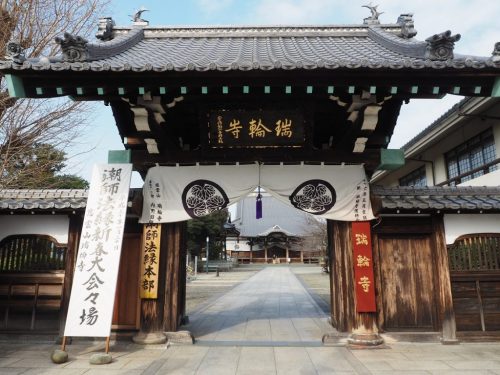
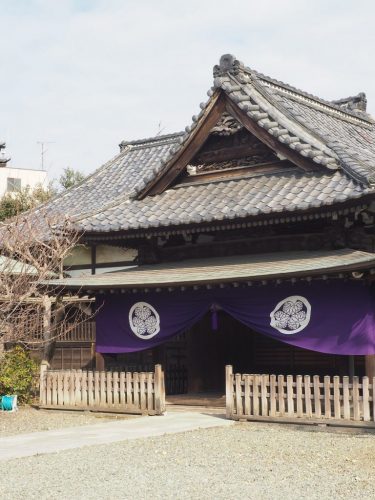
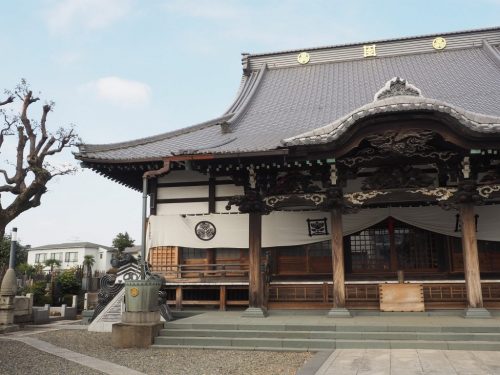
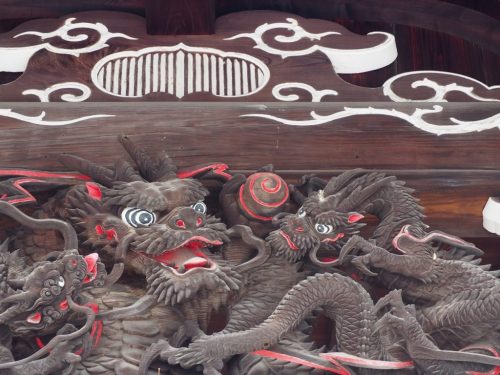
At the smaller temple of Enju-ji, people come to pray to the gods for recovery from diseases or injuries to the legs, or to pray for victories at sporting events.
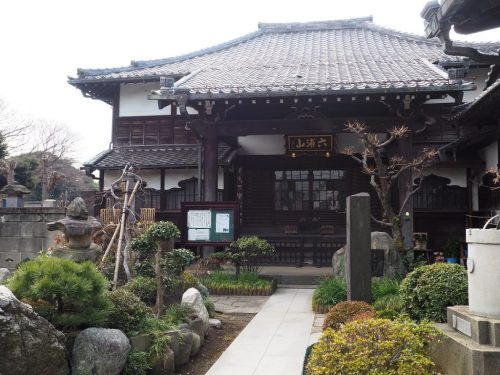
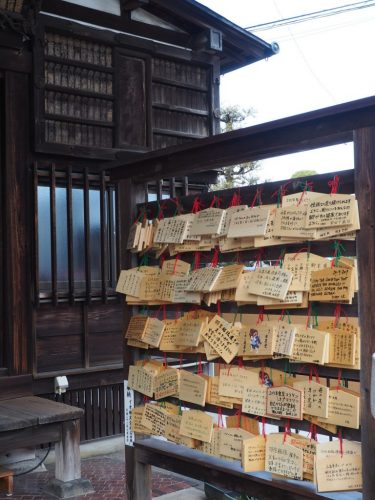
Not far from there, an immense tree dominates the hill and the surrounding temples. It is a cedar of the Himalayas, more than 20 meters tall, with a trunk that has a 3 meter circumference. It is a symbol of Yanaka. Almost 100 years old, this tree is one of the few trees that benefit from national protection.
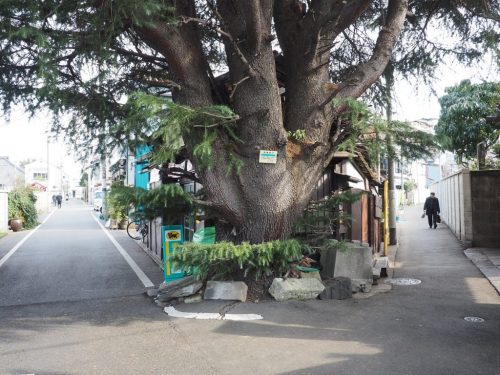
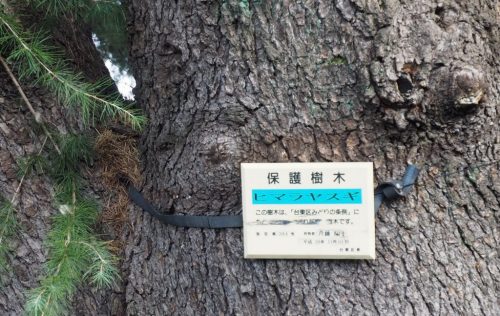
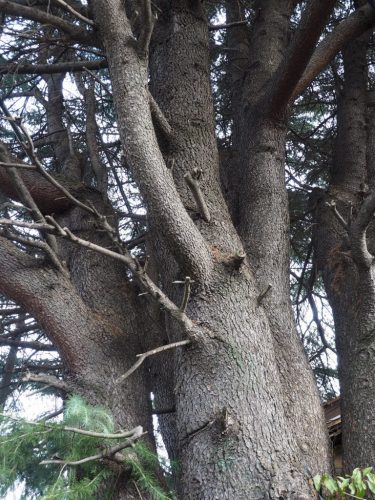
The Nezu-jinja Shrine: Important Cultural Property of Japan
In the district of Nezu, further to the west, do not miss the Nezu-jinja Shrine! Originally founded in Sendagi 1900 years ago, this Shinto shrine was transferred to Nezu in 1705. Thanks to its characteristic architecture and many buildings, today, it is considered by many to be one of the most beautiful shrines in Tokyo. Enjoy a spiritual walk through the vermillion torii gates leading to an elevated platform. Or if you have writer’s block, sit down at the Bungo-ikoinoishi stone. Famous writers are said to have sat here for inspiration. Although every season in Japan in beautiful, come here in spring to enjoy the cherry blossoms and azaleas.
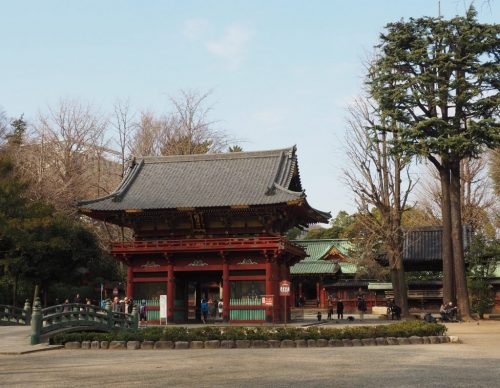
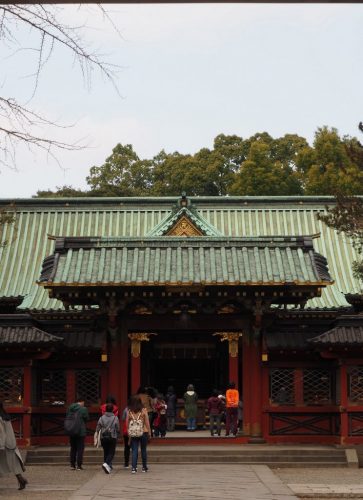
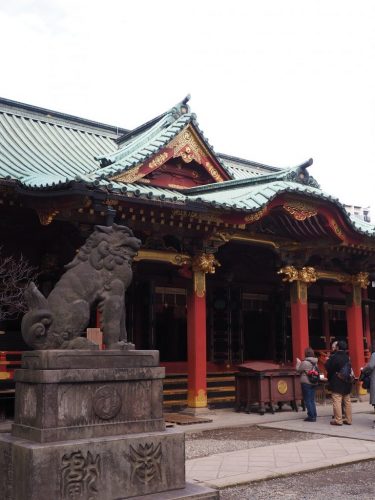
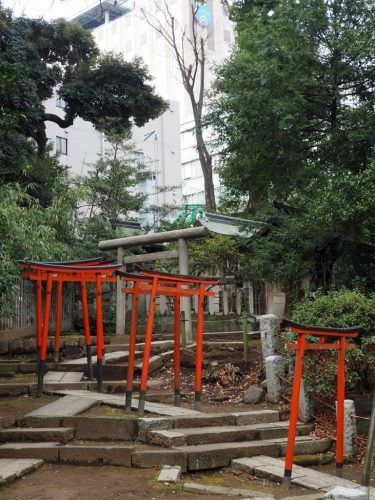
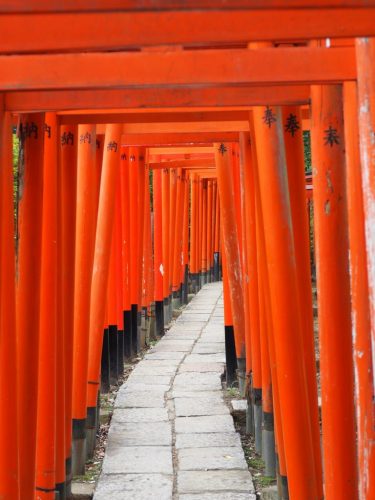
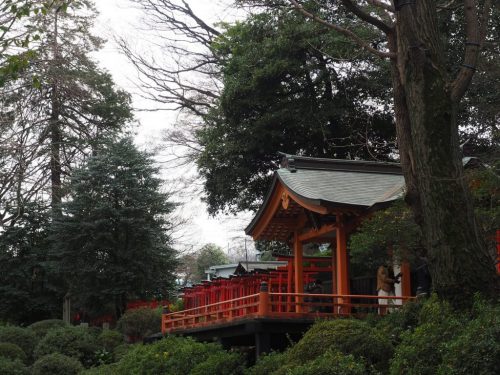
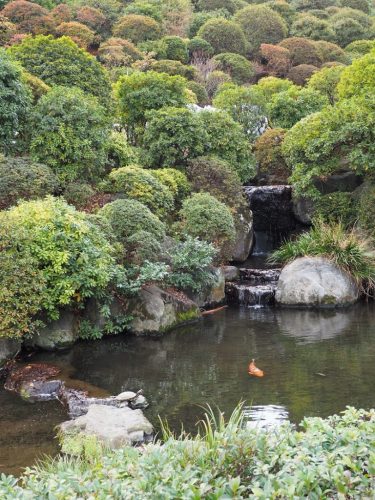
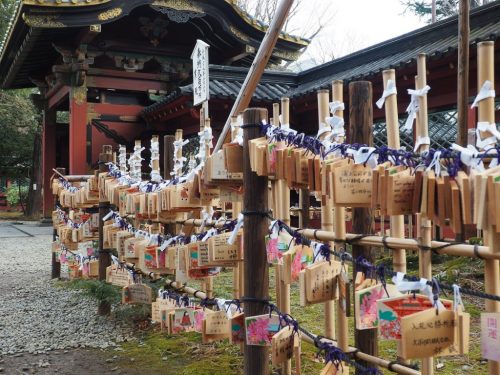
Shinobazu Pond in Ueno Park
Finish your journey with a discovery of the large Ueno Park--an oasis of relaxation and greenery in northern Tokyo. Walk across the bridges of Shinobazu lake. The lake has countless lotus flowers that bloom in the summer. Why not enjoy a moment of tranquility aboard a cute paddle boat? Or go to the Bentendo temple on the lake. It is very popular because it is so close to the vibrant Ueno district. Afterward, enjoy Ueno Park. Are you a nature lover? If so, enjoy the Ueno Zoo! Or, if you are rather fond of the arts, enjoy one of the 12 museums scattered throughout Ueno Park.
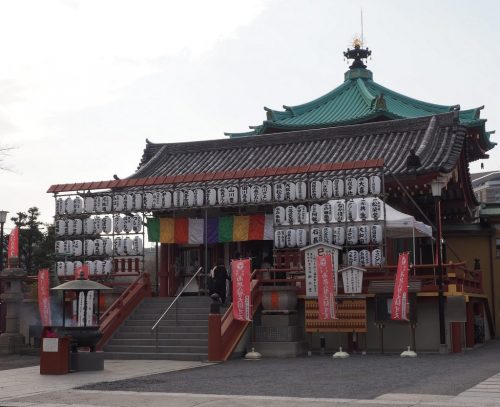
Then, if you have to go to Narita International Airport, head just east of the pond to Keisei Ueno station, where the Skyliner line will take 41 minutes to get there.
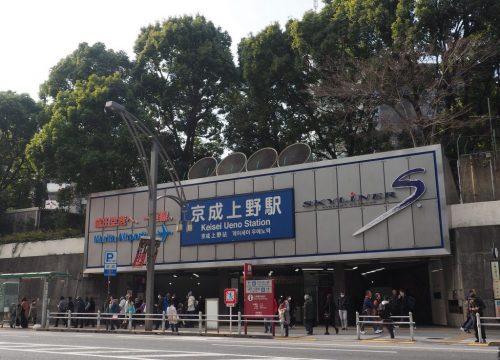
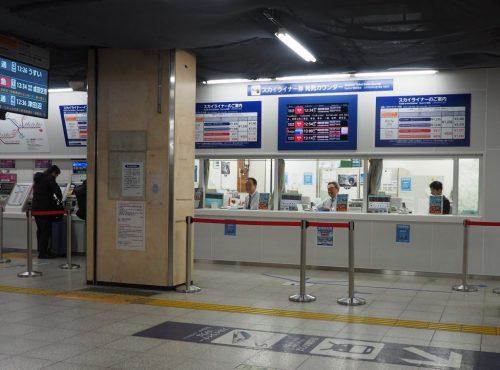
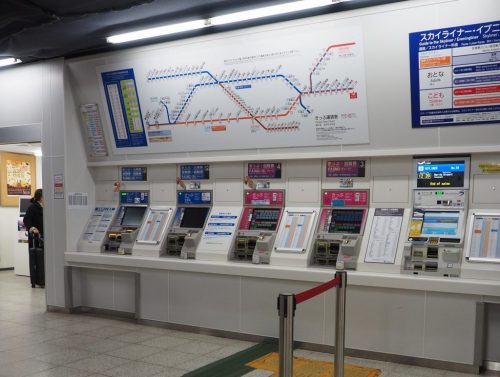
How to get to Yanesen?
The fastest and safest way to reach the center of Tokyo from Narita Airport is the Keisei Railways Skyliner line.
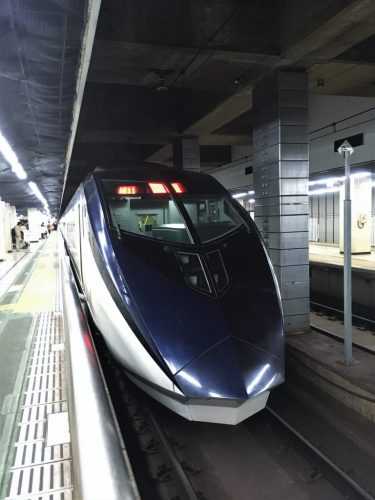
With very frequent departures during the day, you are sure to arrive safely on time. This train is 160km/h at speed and has many services on board. These include reserved seats, storage spaces, comfortable reclining seats and electrical outlets. Also if you purchase or claim your ticket at Keisei Railway’s Skyliner & Keisei Information Center at Narita International Airport, you will get a Wi-Fi ID that you can use for 6 hours.
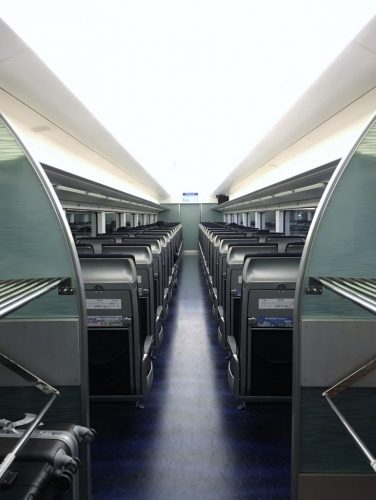
The Keisei Railway Company sells a convenient and cost-efficient transportation pass called the “Keisei Skyliner & Tokyo Subway Ticket“. This combination pass includes a one-way or round trip with the Skyliner, as well as unlimited access to Tokyo subway lines for 24, 48, or 72 hours. You can buy a Skyliner ticket directly at Skyliner & Keisei Information Center in Narita International Airport. In addition, you can get them at travel agencies or on the internet before landing in Japan. Know that in Japan, transport can be expensive, and tourist transportation passes are often very cost-effective.
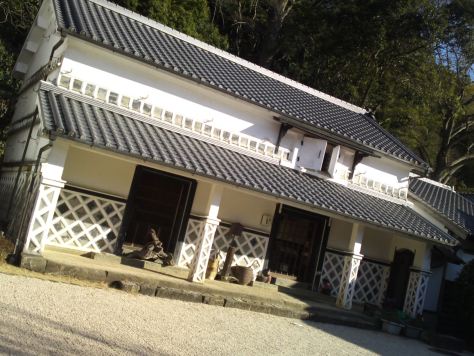
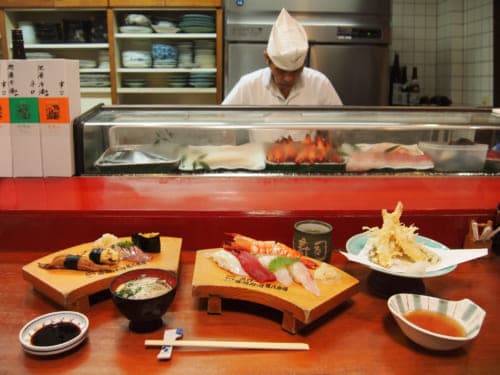

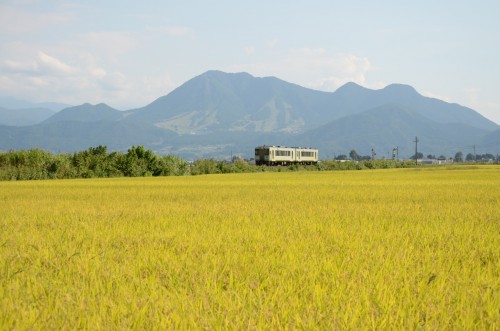
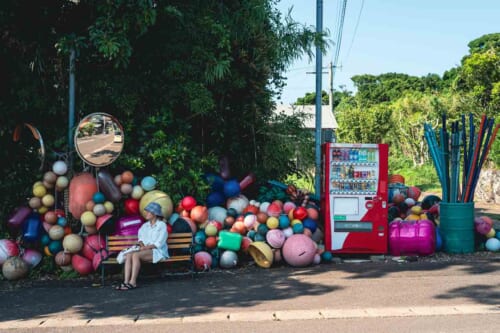


No Comments yet!